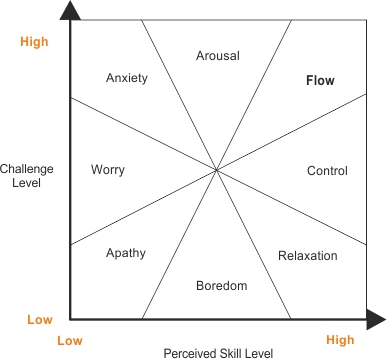Financial Planning and Budgeting
Budget is a very important aspect of financial planning and one which will enable you to achieve your financial and long term goals. People normally do not give much emphasis to a budget and they just have a rough idea of what is coming in and how much they are spending. Having a budget and sticking to it will enable you to have a micro image of the finances and you can cut down on unnecessary expenditure. You should see the budget as a route to delayed consumption. Start with a weekly or monthly budget depending on how you are paid and this switch to an annual budget or even a longer horizon if you can. Once the budget is set, you can channel the inwards into expenses and investments.
The next step is creating an emergency fund. Once you have created a balanced budget and eliminated debt, then you should start putting an emergency fund in place for all those unforeseen and unplanned financial situations that may arise like a medical emergency, car breakdown. You should normally have 2 months earning buffer for these emergencies and a 4 to 6 month buffer for critical situations like Job loss. Also have specific insurances and make the premium payment on time. You can use a credit card for these emergencies but you should normally avoid it and use the fund as credit card debt can be back breaker. You need to build the fund at regular intervals and put money into the basket so that it keeps growing. Any spare money above the budgetary amount goes into this. This fund should not be used for regular expenses like shopping or the new car that you want to buy.
The next important point is to create an increasing gap between your expenses and your income with your income rising and expenses falling. You may need to find substitutes instead of just cutting down. You would also need to reward yourself at regular intervals which will serve as an incentive to save and invest. Have a goal in mind for the reward and work towards it. The achievement of these goals will serve as a motivating factor for future goals. If you reduce your expenses, you have sparer money to pay off high cost debt and invest.
Once you have your budget planned out, then you need to find ways to increase your income. Proper investments with the savings made will give returns which will increase the income.
Always keep in mind that financial planning and sticking to it requires discipline and is a long term thing. Work to make it a habit.
About Guest Author: Kelly Jones writes for www.ocnissanirvine.com. She writes for blogs as a hobby and enjoys exploring new avenues in the social sphere.Submit Your Post: http://www.lolstudent.com/p/submit-guest-post.html




















